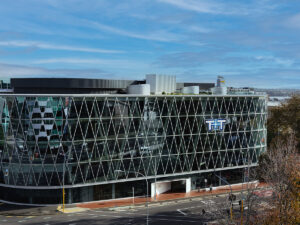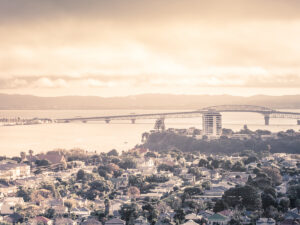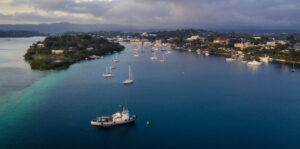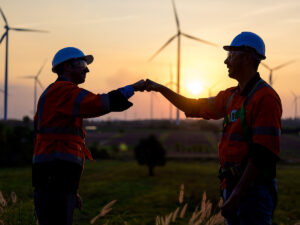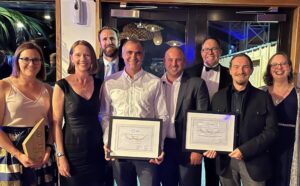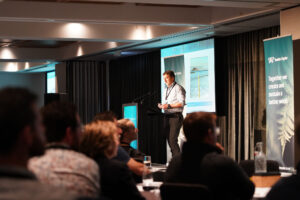Water New Zealand Stormwater Conference, 2021, Tauranga
The threat of sea-level rise to New Zealand’s existing three waters infrastructure is becoming increasingly evident, from recent research, the predicted effects of climate change, and from observations. The economic and environmental impacts of sea-level rise are predicted to be significant, given the majority of New Zealanders live and work in coastal towns and cities, and our ageing infrastructure was not designed for rising seas. Show more…In parallel, the cumulative effect of urban development on water quality is becoming of greater public interest, with a desire for social responsibility and kaitiakitanga (guardianship) of our waterways. This is also being regulated through stricter legislation, such as the 2020 National Policy Statement for Freshwater Management.
Engineers typically design stormwater infrastructure for a 50 to 100-year design life. Therefore, best-practice design must now consider how to achieve required water quality outcomes while recognising the effects of expected sea-level rise over the design life.
For constrained, low-lying brownfield sites in coastal areas, this presents challenges—both physically and economically.
In this paper, we present a case study of the stormwater infrastructure design for the 36thAmericas Cup (AC36) project. The project, located in Wynyard Quarter, Auckland, involved the development of multiple wharves and yard areas—historically, the sites of various industrial and trade activities—as well as the development of upper Brigham Street and public amenity areas (Silo Park Extension).
Physical constraints on the AC36 project were significant, including limited space, ground contamination and settlement, large impervious areas, low available hydraulic head, and co-ordination with other services.
We present and discuss the technical design and water quality requirements, the analytical tools applied to overcome the constraints, and the novel design solutions. We identify the design limitations and key design inputs which the prudent designer must consider to deliver stormwater treatment infrastructure future-proofed against the effects of sea-level rise.
. Show less…

